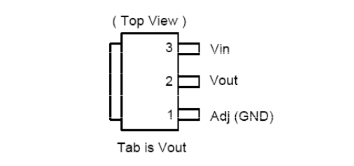Ok, having lived for more than a month with the thing in my system, I think I have more than enough info to put together something review-like.
It's a really a good dac for the price asked. With the general lack of diy dacs it's a nice gust of fresh air. The biggest problem of the dac is the tremendous oversell its inventor did early on. It's a unique design that lacks many of the usual delta sigma characteristics without suffering from lack of resolution. Is it the be-all-end-all design, everyone is waiting for? Most likely not.
For one it is painfully evident that Soren first listened to the DAC only when he started shipping. The board and firmware has a few glaring shortcomings that could have been rectified with a rev.0 build and some beta testing. Stock 44.1kHz filters are passable at best and don't do justice for the dac, filter swap is a must. The PSU section is adequate, however it shows that the designer is not too acquainted with bipolar PSU design. It won't affect the sound, mind you, but it can kill your speakers if you keep the amp on whilst powering the DAC down. Same goes for dac behavior in Fs change - it loses lock and skips about 3 seconds of material. This is unacceptable. Soren promises a revised firmware to correct this - will report on results.
I'd say - wait for a rev.2 board. Too many bugs for neophytes to deal with.























